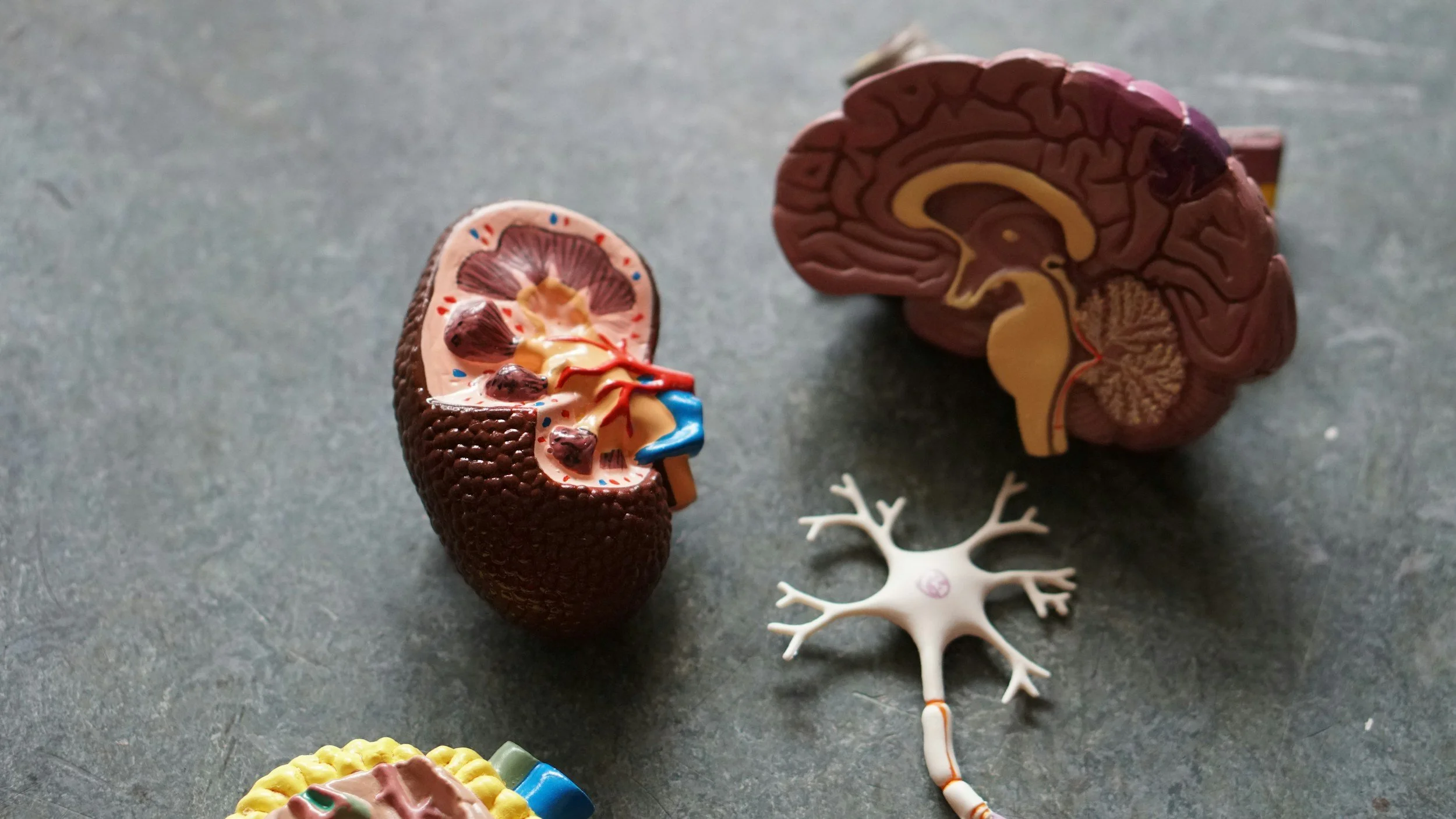Why Triggers Feel So Intense: A Look at the Amygdala
What Is the Amygdala and Why Does It Matter in Trauma?
The amygdala is a small, almond-shaped structure deep in the brain, often called the brain’s “fear center.” Its main job is to detect danger and activate survival responses like fight, flight, freeze, or fawn.
When trauma occurs, the amygdala can become hypersensitive. Instead of scanning the environment for real threats, it begins sounding the alarm for anything that reminds you of past danger. This is why trauma survivors often describe feeling “on edge” or “flooded” when triggered.
At Body and Mind Collective, we teach clients that these responses are not personal failures—they are the nervous system’s survival strategies.
Why Trauma Triggers Feel So Intense
Unlike the rational part of your brain (the prefrontal cortex), the amygdala does not use logic. It reacts instantly, before you even have time to think. A harmless cue—like a smell, tone of voice, or crowded room—can set off the same fight-or-flight reaction as the original traumatic event.
This process explains why trauma symptoms often include:
Sudden anxiety or panic
Racing heart, sweating, or tight chest
Feeling unsafe or overwhelmed in everyday situations
Difficulty calming down after being triggered
Our team at Body and Mind Collective helps clients recognize these patterns and build tools to regain a sense of safety.
The Amygdala, Nervous System, and Trauma Memories
When the amygdala activates, the nervous system floods the body with stress hormones like cortisol and adrenaline. At the same time, the hippocampus (responsible for organizing memory) and the prefrontal cortex (responsible for reasoning) get shut down.
This is why trauma triggers don’t always feel like memories—they feel like the danger is happening right now. Your body reacts as though you are reliving the trauma instead of remembering it.
How Trauma Therapy Helps Calm the Amygdala
The good news is that the brain is adaptable. Through trauma therapy and somatic practices, the amygdala can learn that you are safe in the present moment.
At Body and Mind Collective, our integrative trauma therapy approach blends talk therapy with somatic practices like EMDR, IFS, yoga, breathwork, and mindfulness. These modalities help:
Teach the nervous system new ways to regulate
Help the amygdala recalibrate and stop overreacting
Strengthen the prefrontal cortex to bring reasoning back online
Integrate trauma memories so reminders feel less threatening
Moving Toward Healing and Safety
If you’ve ever felt frustrated by how quickly a trigger takes over, know this: it’s not weakness. It’s your amygdala doing its job—just a little too well. With the right support, compassion, and evidence-based trauma therapy, your nervous system can re-learn balance.
At Body and Mind Collective, we are honored to walk alongside you as you explore how the brain stores trauma, why triggers feel so overwhelming, and how healing truly happens. Together, we help you move from surviving to thriving.

